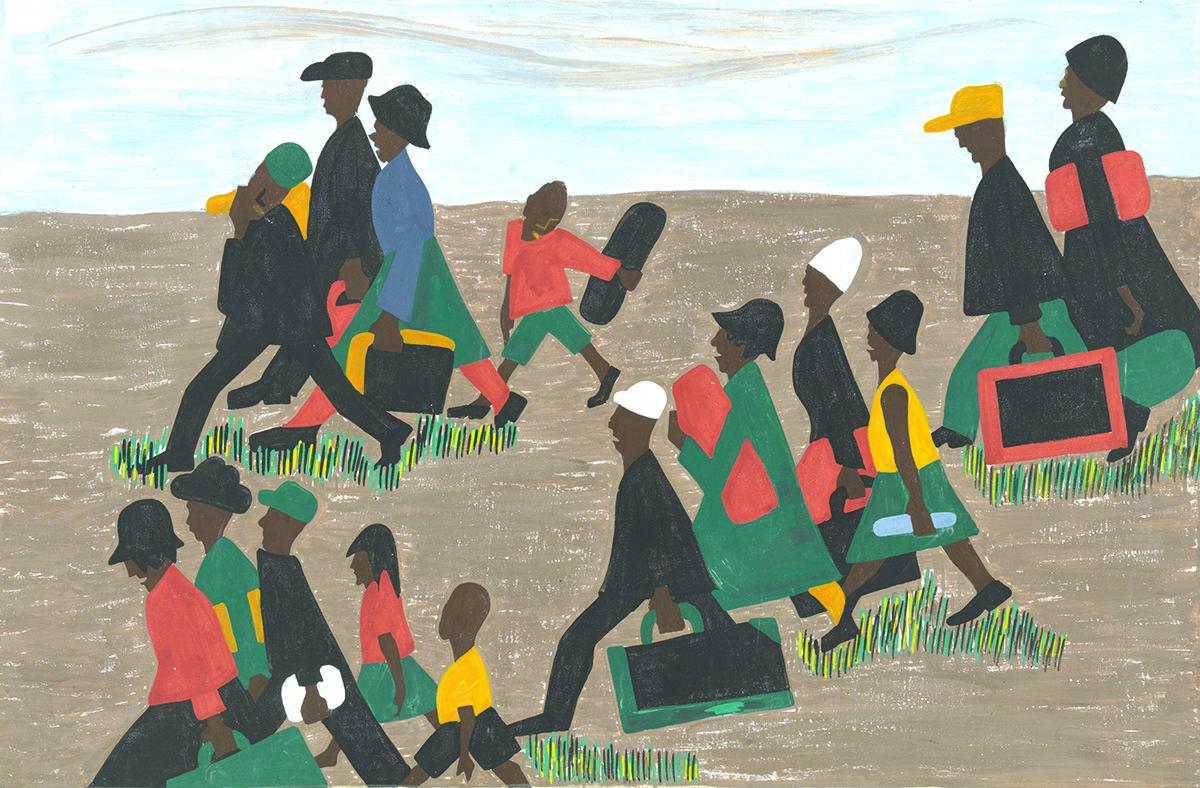 Civil Rights Room at Nashville Public Library photo: Demarco Johnson
Civil Rights Room at Nashville Public Library photo: Demarco Johnson
I was in Nashville, Tennessee last week and I had the opportunity to see the city, not through the lenses of a tourist but through the lenses of a historian. One of the places I visited was the Nashville Public Library and on the second floor was the Civil Rights Room. As I stepped into this part of the building, I began to think about what I had been learning in the History of Black America class since the beginning of the semester. Things became clearer to me, as I saw pictures of riots, pictures of black men who were jailed for challenging racial segregation and pictures of black women who accompanied their children to segregated schools at the beginning of the school term for the same purpose-challenging racial segregation. I saw in these activities as an attempt to change the status quo, an attempt to create the change that the laws had failed to create.
I saw a community of struggle. As mentioned in class, there were two goals that this community had. One of them was to “fight for integration into American institutional life, to integrate schools, the workplace, residential neighbourhoods, public accommodations like hotels and restaurants, and especially councils of government.” This generation of people had hardly experienced slavery, given this time period and so they could not fully understand the reason for racial discrimination. The non-violent protests that were carried out were aimed at achieving equality with white people and bringing an end to segregation in America.
The formation of black union organizations was also an attempt to bring an end to racial discrimination in America. The formation of organizations like the National Association for the Advancement of Colored People (NAACP) in the early 20th century went a long way in uniting black people and helping them fight racial segregation.
For me, thinking about the history of Black Americans and racial segregation has made me see that when laws are unable to adequately support the people bound them, engaging in non-violent protests and challenging those laws helps to bring about positive results.
